
| WWT Shows | CLICK TO: Join and Support Internet Horology Club 185™ | IHC185™ Forums |

|
• Check Out Our... • • TWO Book Offer! • |
Welcome Aboard IHC185™  Internet Horology Club 185
Internet Horology Club 185  IHC185™ Discussion Site Main Page
IHC185™ Discussion Site Main Page  Our Exclusive "Timekeepers Photo Gallery"
Our Exclusive "Timekeepers Photo Gallery"  IHC185™ "Timekeepers Photo Gallery"
IHC185™ "Timekeepers Photo Gallery"  CANADIAN Private-Label Watches
CANADIAN Private-Label Watches
 Internet Horology Club 185
Internet Horology Club 185  IHC185™ Discussion Site Main Page
IHC185™ Discussion Site Main Page  Our Exclusive "Timekeepers Photo Gallery"
Our Exclusive "Timekeepers Photo Gallery"  IHC185™ "Timekeepers Photo Gallery"
IHC185™ "Timekeepers Photo Gallery"  CANADIAN Private-Label Watches
CANADIAN Private-Label WatchesRelated Content: Larry Buchan's ..."Tales from the Rails"
Go  | New Topic  | Find-Or-Search  | Notify  | Tools  | Reply to Post  |  |
| Railway Historian IHC Life Member Site Moderator |
Shaunavon, Saskatchewan 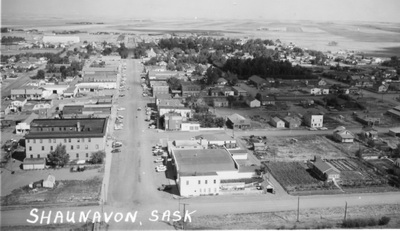 | |||
| Railway Historian IHC Life Member Site Moderator |
Shaunavon's grain elevators 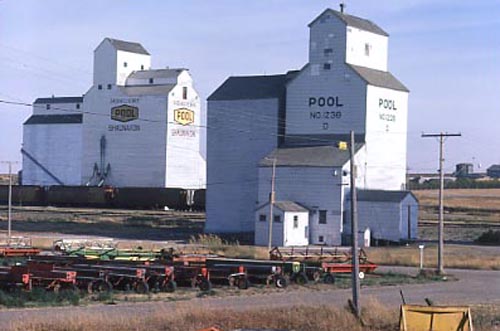 | |||
| Railway Historian IHC Life Member Site Moderator |
One surviving CPR railway station is Manyberries, Alberta some one has purchased it and made it to their dwelling. 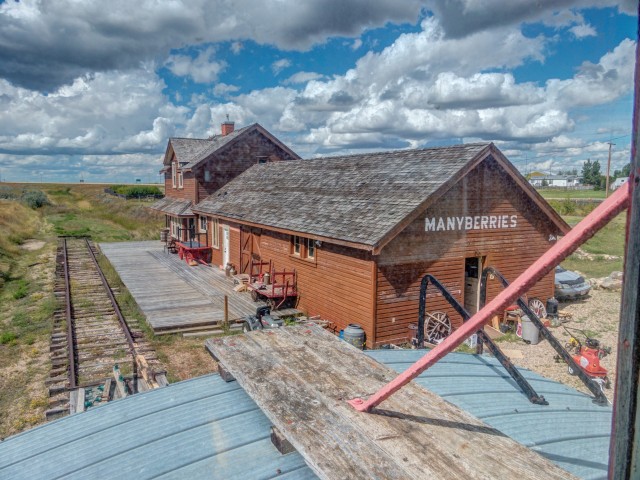 | |||
| Railway Historian IHC Life Member Site Moderator |
Hamilton Hunter 24 hour dial from Arcola, Saskatchewan 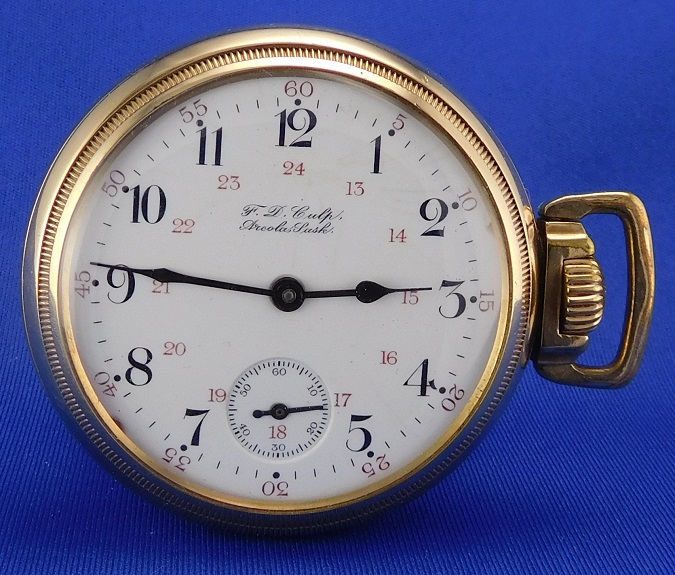 | |||
| Railway Historian IHC Life Member Site Moderator |
Dial with bezel off 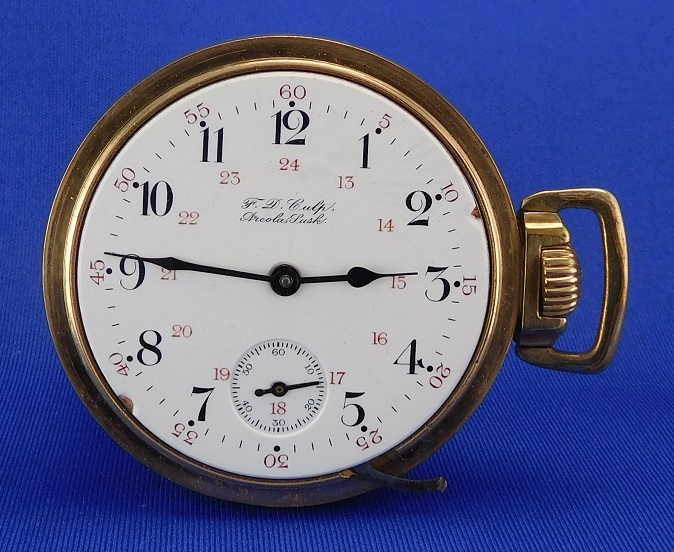 | |||
| Railway Historian IHC Life Member Site Moderator |
Hamilton 18 size, 17 jewel Grade 927 Movement 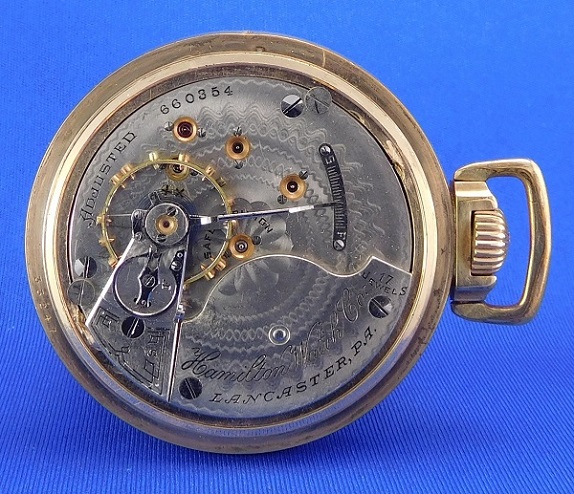 | |||
| Railway Historian IHC Life Member Site Moderator |
. Arcola is a town will it is 37 miles north, and 25 miles east of Estevan. The town was originally known as Clair, the CPR announced in the early part of 1900 that the railway would run south of town and Arcola was the "end point" of the Southern branch line running west from Souris, Manitoba I have a Hamilton private-label from Souris on page 2 of this thread. It was five years before Assinboia became the province of Saskatchewan, It was no jerkwater town, it had a roundhouse, water tank, coal dock. I've attached a photo of a man with his prize horse, in the background you can see the roundhouse, water tower, and a ramp for moving coal to the coal tippel 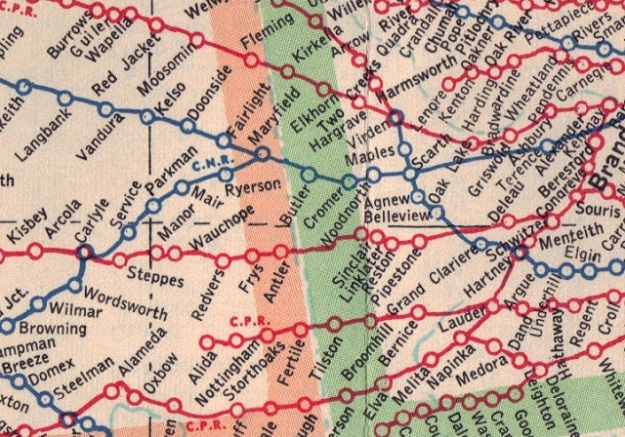 | |||
| Railway Historian IHC Life Member Site Moderator |
Arcola is a town 37 miles north, and 25 miles east of Estevan. The town was originally known as Clair, the CPR announced in the early part of 1900 that the railway would run south of town and Arcola was the "end point" of the Southern branch line running west from Souris, Manitoba I have a Hamilton private-label from Souris on page 2 of this thread. It was five years before Assinboia became the province of Saskatchewan, It was no jerkwater town, it had a roundhouse, water tank, coal dock you can see in the background. 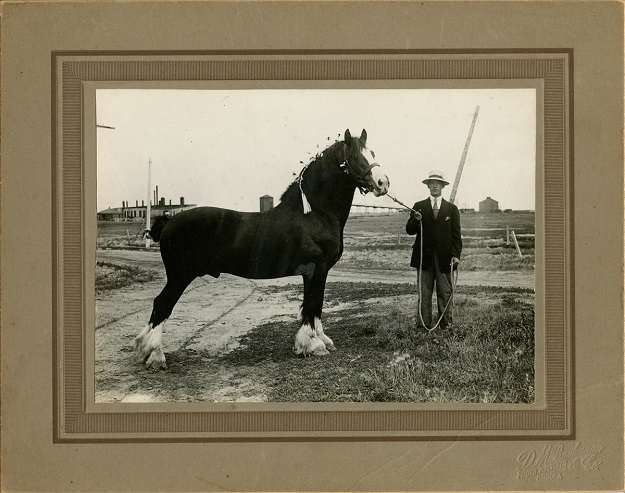 | |||
| Railway Historian IHC Life Member Site Moderator |
F.D. Culp's Jewelry Store in Arcola 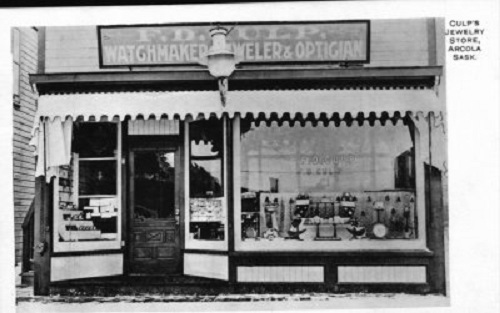 | |||
| Railway Historian IHC Life Member Site Moderator |
CPR Station at Arcola, Saskatchewan 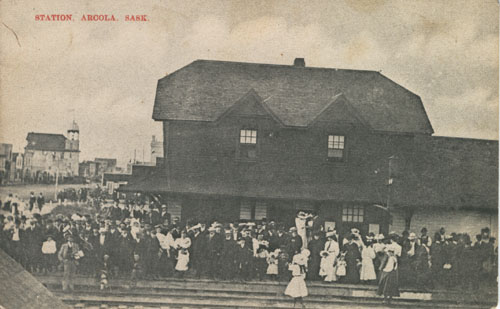 | |||
| Railway Historian IHC Life Member Site Moderator |
Regina, 16 size, 21 jewel's, Serial No. 3053403, manufactured 1908, Single Sunk Roman Numbral Pendant Set. Private Label marked "E.A. Black Phoenix B.C.Fahys 20 year yellow gold filled Montauk case. 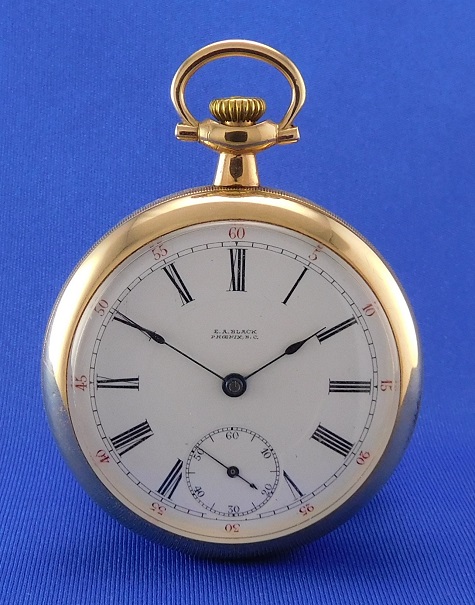 | |||
| Railway Historian IHC Life Member Site Moderator |
Dial 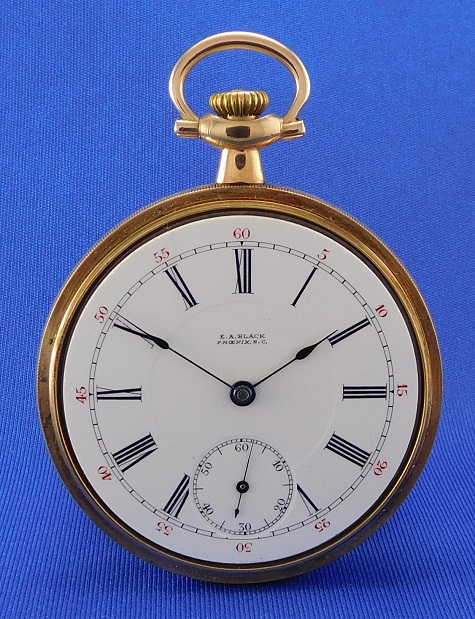 | |||
| Railway Historian IHC Life Member Site Moderator |
Dial close-up 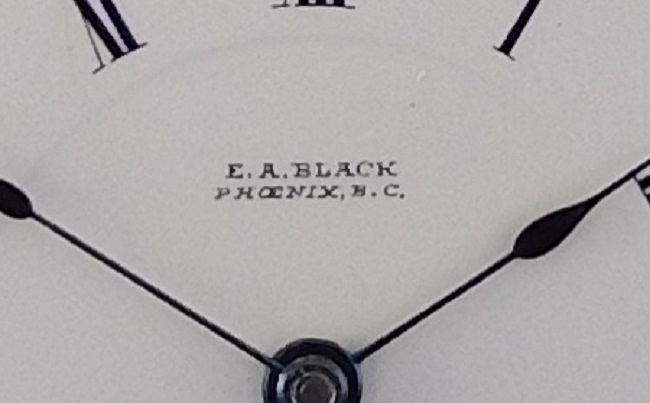 | |||
| Railway Historian IHC Life Member Site Moderator |
Movement 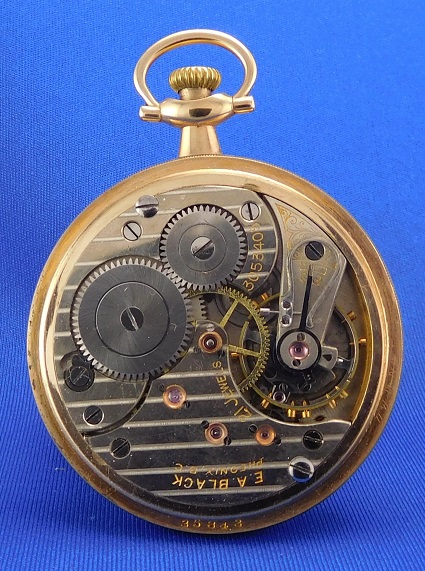 | |||
| Railway Historian IHC Life Member Site Moderator |
Movement close-up 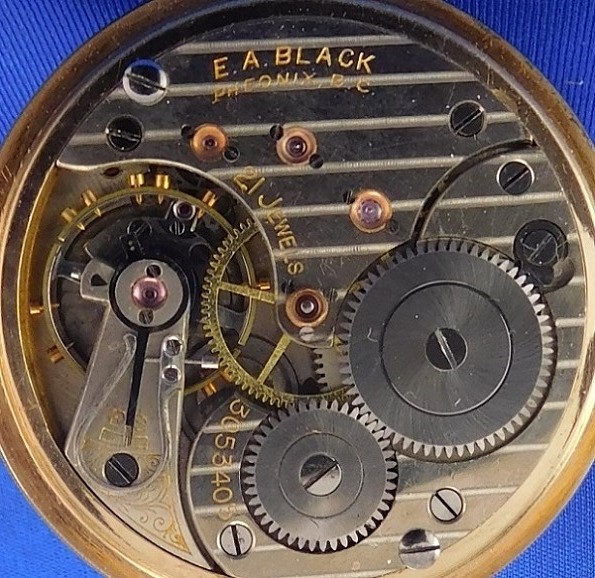 | |||
| Railway Historian IHC Life Member Site Moderator |
Phoenix, British Columbia Phoenix is a ghost town in the Boundary County of British Columbia, Canada, 6.8 miles east of Greenwood. Once called the highest city in Canada by its citizens it was 4, 633 feet above sea level. It was a booming copper mining community from the late 1890s until 1919 in its heyday it was home to 1000 citizens and had an opera house, 20 hotels, a brewery and its own City Hall. Phoenix's magistrate, Judge Willie Williams, who served their from 1897 to 1913 became famous for his bowling declaration. "I am the highest judge, in the highest court, in the highest city in Canada." In 1911 Phoenix's hockey team won the provincial championship and asked where the right to compete for the Stanley Cup, when it was too late to qualify. The Granby Consolidated Mining, Smelter and Power Company, Limited operating the Phoenix Mine, a copper mine that produced 13,678,901 tons of ore before operations ceased on June 14, 1919. Boom years copper was discovered at Phoenix in 1891, credited to American prospector named Bob Denzier. His discovery became the first of many claims and the settlement called Greenwood Camp was built, but it was not until 1895 that the full riches of the area were realized and the boom really began. The log cabins of Greenwood Camp were replaced by frame houses and brick homes. Then in 1896 the Canadian Pacific Railway and the Great Northern Railway arrived. By then, with the exception of the one at Rossland, the output of the mines was exceeding the combined output of every other copper mine in British Columbia. The town got its own newspaper, the Phoenix Pioneer, in 1896 and on October 1, 1898 Greenwood Camp was renamed Phoenix when the first post office opened. By the early 1900s, Phoenix was a thriving community with electricity and telephone services, a hospital, banquet hall, ballroom, opera house and its own stage line. There was no lack of fine meals or accommodation, on the Christmas Day at the Brooklyn Hotel in 1911 the variety of delicacies included Russian caviar, Green Turtle soup and English plum pudding with brandy sauce. Aftermath when World War I ended in 1918, the price of copper dropped dramatically and Phoenix, which was completely reliant on its one industry, began to die. When the last ore was shipped out in 1919, thousands exited soon after. Many left their homes and belongings, making Phoenix the largest ghost town in Canada. In 1920 wrecking cranes arrived to haul away the churches, halls, stores, skating rink and hospital – all of which were dismantled and re-erected in other communities. An open pit mine operated Phoenix during the 1950s and through to 1978 but the venture was ultimately lines with abandoned in the mining had caused the historic buildings to be buried or bulldozed. 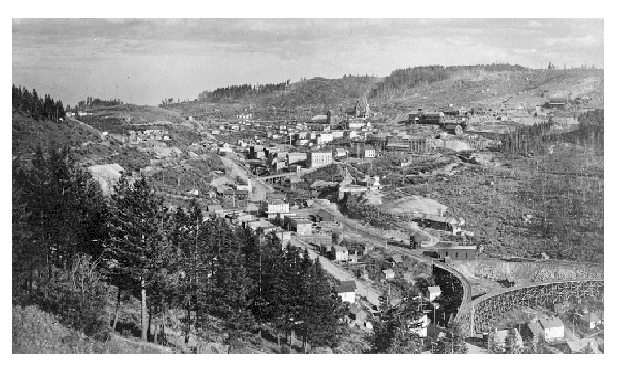 | |||
| Railway Historian IHC Life Member Site Moderator |
In the BC archives are copies of the Phoenix Pioneer I Found an advertisement from 1905 for Ed Black Watchmaker and Jeweller his store was on First Street. 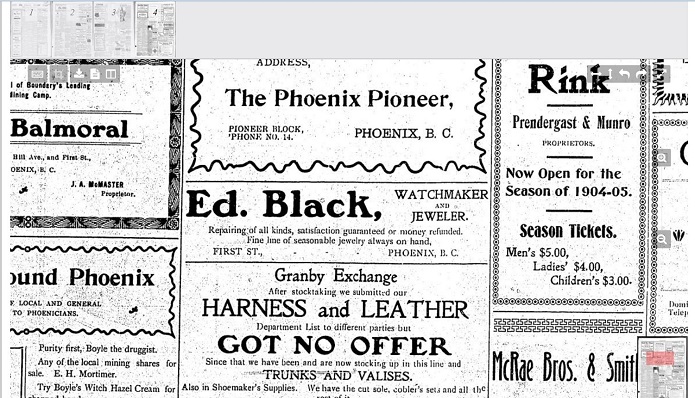 | |||
| Railway Historian IHC Life Member Site Moderator |
One remaining relic is Phoenix's World War I cenotaph. Another memorial can be found in nearby Greenwood were the open pit miners of the seventies erected a commemorative phoenix word sculpture to mark the hopes that some day Phoenix will rise again. In recent years, locals have restored the pioneer cemetery in Phoenix. 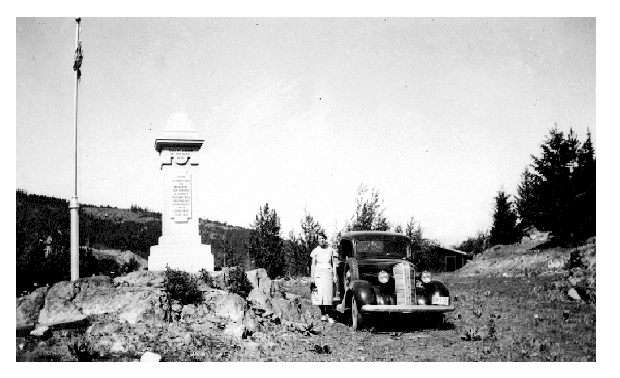 | |||
| Railway Historian IHC Life Member Site Moderator |
Map of railway lines in southeast British Columbia, I have underlined three locations that pocket watches were used. 1. Greenwood,2. Phoenix and 3. Kaslo. 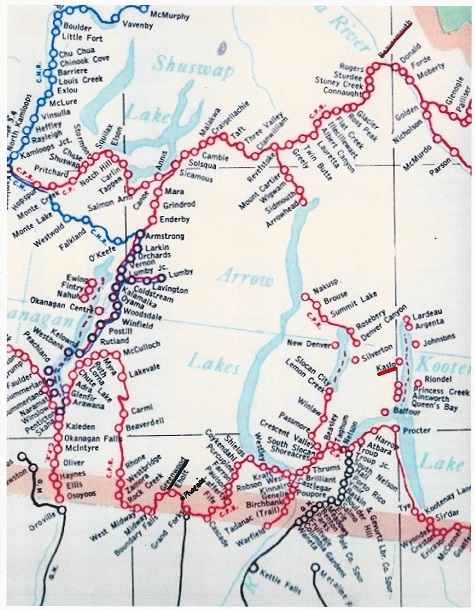 | |||
| Railway Historian IHC Life Member Site Moderator |
Canadian Pacific Railway map the lines they built to compete with J.J. Hill's Great Northern 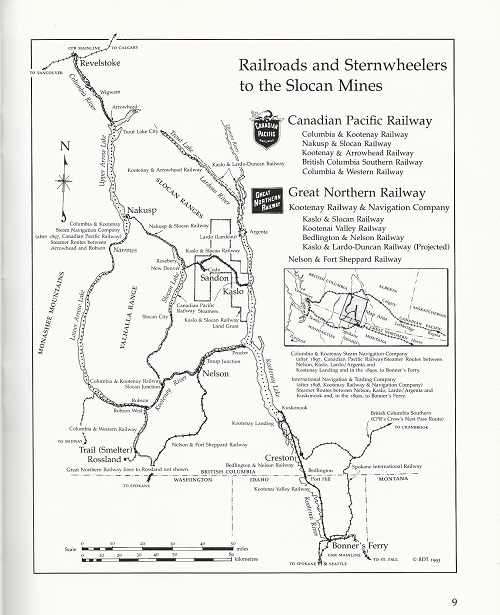 | |||
| Railway Historian IHC Life Member Site Moderator |
One thing I have in my collection is a Hamilton time book for the watchmaker A.B. Cook, Medicine Hat CANADA. It belonged to Robert A Smith who was a CPR Fireman he worked out of Medicine Hat to he made runs on through freight west to Alyth yard in Calgary, and east to Swift Current in Saskatchewan. He carried an Elgin 21 jewel, Serial No 8080080. This serial number does not match on the Elgin site, so it could be the case serial number. Robert was a hard worker, In January 1928 he was off duty from being scalded at Bartstow from January 26 until February 11th. He was back to work on the 12th working 1st 72 with locomotive engineer Milligan on the 14th he worked a Silk Train from Calgary to Medicine Hat. 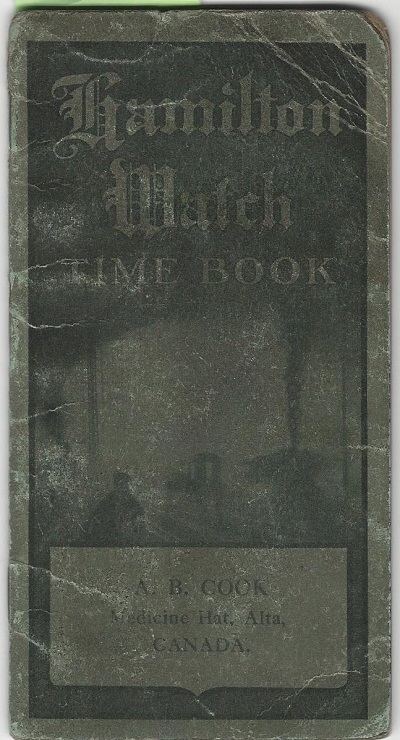 | |||
| Powered by Social Strata | Page 1 ... 46 47 48 49 50 51 52 |
| Your request is being processed... |
|
©2002-2025 Internet Horology Club 185™ - Lindell V. Riddle President - All Rights Reserved Worldwide

